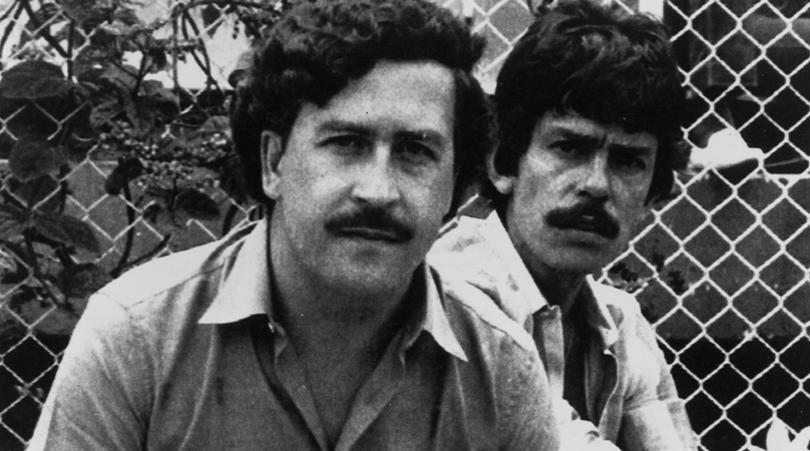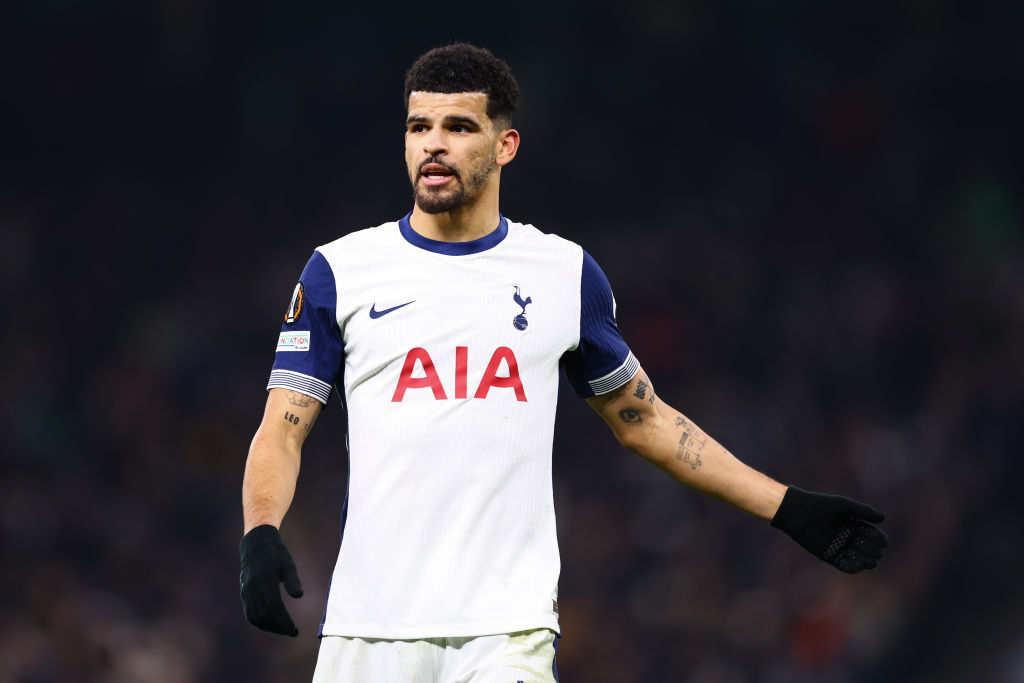What REALLY happened to Ali Dia? On the trail of the Premier League's worst player
What the hell happened to Dia, who earned infamy on this day in 1996? FourFourTwo hits the trail of football’s most unlikely cult hero
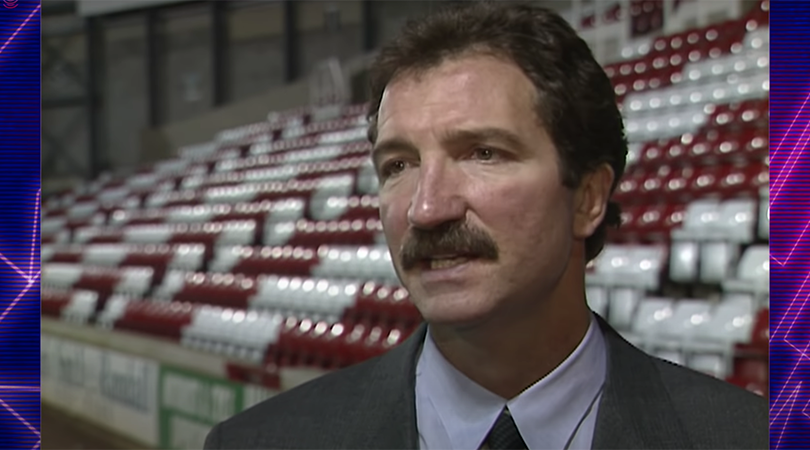
On a bright, cold February morning, FourFourTwo pulls into the housing development that sits squarely on the site of Southampton’s former home, The Dell. There’s no one around as we park in a space facing what used to be the Archers End of the famous old ground.
The four ‘Courts’ of the new development are named after the club’s most popular figures. At one end sits Rod Wallace alongside Mick Channon; in the other, Ted Bates next to Matthew Le Tissier. Possibly the most famous name in the club’s history is missing, though. No matter how hard FFT looks, the name Ali Dia – the player who made his calamitous Premier League cameo not far from where we’ve parked – is conspicuous by its absence.
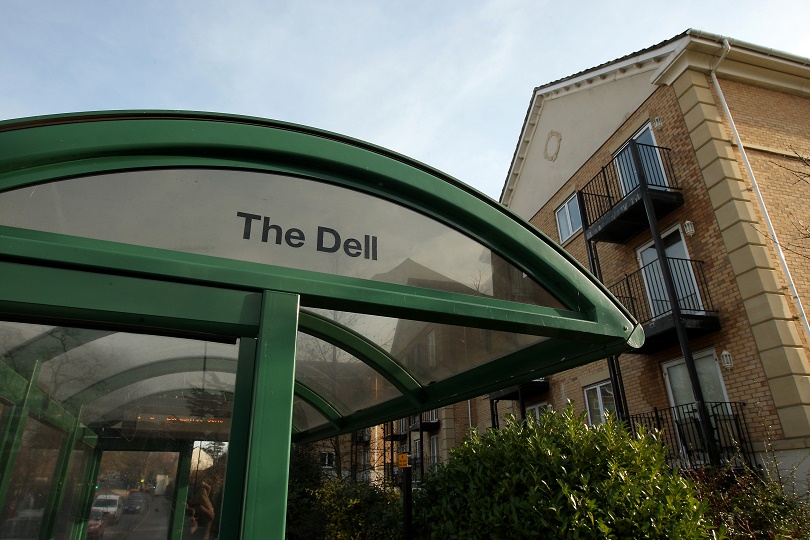
Infamous cameo
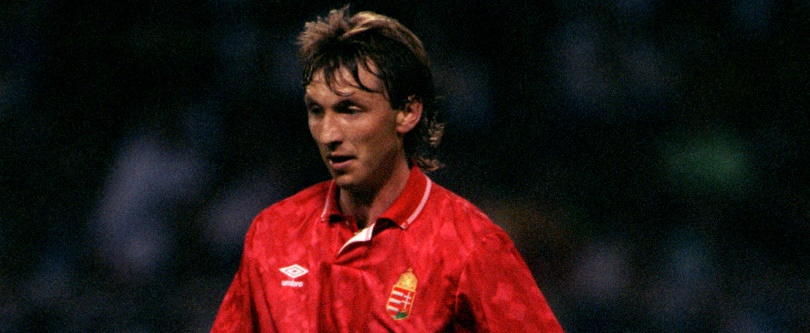
It’s Saturday November 23, 1996, and there are 32 minutes on the clock in Southampton’s home game against Leeds United. Le Tissier signals to the bench, clutching his thigh. As he leaves the field – to a regulation standing ovation from the home support – he's replaced by a man wearing the No.33 shirt on his back, elbows flying about enthusiastically as he sprints onto the pitch. A hobbling Le Tiss is left rubbing his eyes in disbelief.
Seconds later, the substitute almost scores, with only a sprawling Nigel Martyn standing between the debutant and a dream start to his Premier League career. With five minutes of normal time remaining, though, the mysterious replacement is himself replaced as Graeme Souness’s side try in vain to claw back a two-goal deficit.
Few in the ground know it – although one or two in the press box have their suspicions – but what they have just witnessed is about to go down in Premier League history.
“I was very surprised to look up and see him coming on,” a laughing Le Tissier tells FFT. “He had trained with us the day before and we thought he had won an auction prize, he was that bad. We turned up on the Saturday and he was sat in the changing rooms. We all thought, ‘That’s nice: he’s getting to watch the game too’.”
Get FourFourTwo Newsletter
The best features, fun and footballing quizzes, straight to your inbox every week.
Dia would do far more than that, but his 53 minutes of Premier League fame on the south coast only tells half the story.
Nowhere to be found
Our quest to track down the elusive Dia had been long and spectacularly unsuccessful. Decades after he burst onto the Premier League scene, football’s ultimate chancer has apparently disappeared.
“Unfortunately, we are in the same position as you – we don’t have any contact details for him at all,” Natalie Heath, alumni relations manager at Northumbria University, where Dia graduated with a degree in Business Studies in 2001, tells an increasingly exasperated FFT. “Like you, we’ve been unable to track him down over the years, so have no idea where he might be.”
After that exchange with Dia the line went dead, and two days later the mobile phone number was no longer in use
Phone calls to the Senegal Football Association in Dakar and even the Senegal Embassy in London drew similar blanks. A call to the Liberian Embassy (you never know) was similarly fruitless. FFT also contacted two journalists in Dakar but neither had the first idea of who Dia was, let alone where he could be found. None of his former clubs – at least those that he'd actually played for, rather than those he claimed to have been involved with – had any clue where the Premier League’s ultimate mystery man was located.
FFT did manage to get hold of Dia back in 2008, although the conversation was as brief as his brush with footballing fame. It went something like this: “How did you come to play in England?” “It was after a phone call.” “Were you pleased to be at Southampton?” “Yes.” “Are you aware that your brief spell at the club was one of the most bizarre footnotes in Premier League history?” “I doubt that. How?”
After that exchange the line went dead, and two days later the mobile phone number was no longer in use. The trail had gone cold.
NEXT: Dia gets a trial at Coventry
Friends in high places
Rewind to 1996, though, and Dia is hot stuff, with a host of admirers that allegedly include George Weah, then World Footballer of the Year and a man who, unlike Dia, appears to like using his phone.
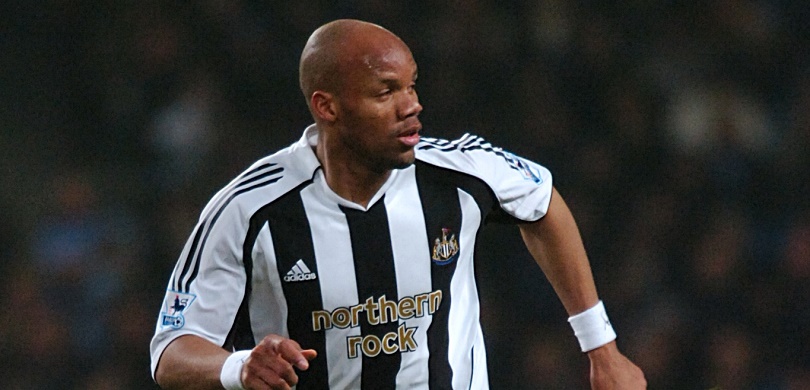
“He played with Weah at Paris Saint-Germain and last year was playing in the Second Division in Germany," Souness told reporters at Southampton’s training ground in the run-up to the match against Leeds. "We said 'Come down and train with us for a week or so and we’ll see what’s what.'”
The source of Souness’s information? A man purporting to be Weah himself. It all sounds remarkably similar to the story peddled to Gordon Strachan, then assistant manager of Coventry, around the same time.
“We got a call saying that this guy was the cousin of George Weah and it was agreed that he could come in and train with us,” Strachan tells FFT. “The people who brought him in weren’t in that day and nor was I, so I said to my assistant, Gary Pendry, ‘Let’s have a look at him: put a game on, eight vs eight.’
“I asked what he thought of him and he told me he looked like a guy who had won a prize from the Evening Telegraph to train with us for the day. That was it: I had to go and tell him he wasn’t for us, and could have easily added, ‘You’re more than likely not for anyone.’ I then had to report to the hierarchy just how poor this player was.”
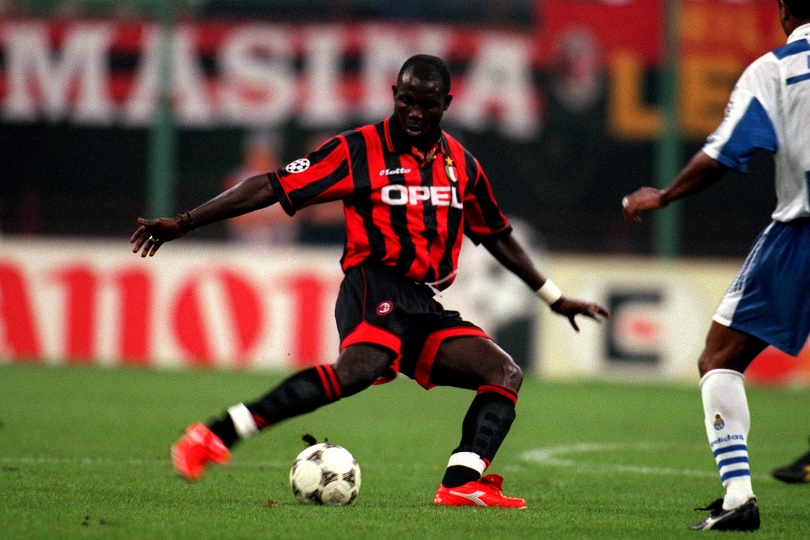
Delayed debut
Harry Redknapp, then West Ham boss, also claims to have been contacted by ‘George Weah’ but immediately dismissed the phone call as a “wind-up”.
Further south, though, they'd been drawn in hook, line and sinker – although things could have been very different had the weather not intervened the week before Dia’s big day.
Southampton had been drawn in hook, line and sinker – although things could have been very different had the weather not intervened the week before Dia’s big day
‘Oh Dia! Trial striker misses his big chance’ ran the headline in the Southern Daily Echo as Southampton’s midweek Avon Insurance Combination game against Arsenal was rained off, just three days before Saints attempted to bounce back from a 7-1 humbling at Goodison Park with a home fixture against George Graham’s Leeds.
“The pacy former Paris Saint-Germain star is on a week’s trial at The Dell after being recommended to Graeme Souness by World Footballer of the Year George Weah, but a waterlogged pitch has robbed him of the opportunity to impress tonight,” wrote Graham Hiley, who spent 19 years covering Saints for the newspaper.
He was also the man who first suggested to Southampton that they had been duped by the ‘Senegalese star’. After all, it seemed odd that Dia was “Weah’s cousin” – as Strachan had been told – when Weah is from Liberia, which doesn’t even share a border with Senegal.
Injury problems
“A couple of days after he'd played, I got a phone call from a fan who said that there might be something slightly dodgy about this because he had been to Bournemouth spinning the same story,” says Hiley. “I recall ringing Southampton and saying, ‘Are you sure about this guy? You might want to look into him.’ I got a fairly dismissive answer in reply.”
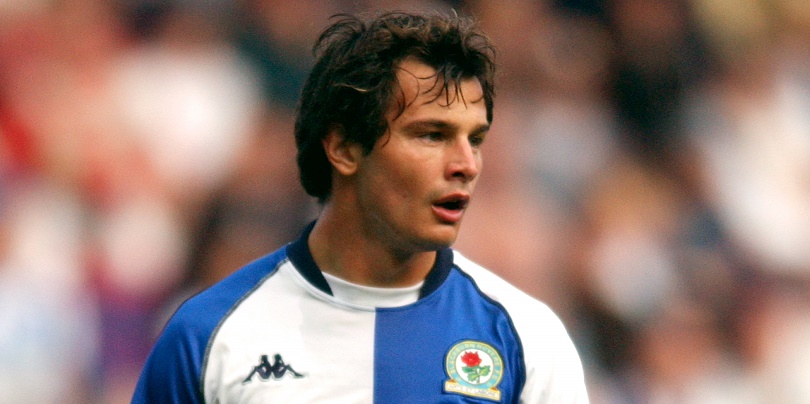
By then Dia was preparing for his second performance in a Southampton shirt, this time in the rather less glorified setting of the club’s Staplewood training ground on the edge of the New Forest. Again, he didn’t pull up any trees.
Terry Cooper was on Souness’s training staff at The Dell back then. Now living in Tenerife, the former England and Leeds left-back told FFT that Dia got lucky because Saints were in the midst of an injury crisis.
“We were so short of numbers striker-wise that the boy trained with us on the Thursday and the Friday – and to be fair to him, he looked OK in the small-sided games – and Graeme said we would have to put him on the bench because we didn’t have anybody else,” he says. “We were decimated – we only had one fit striker. Now, you can check a player’s background, but back then we had to take a chance on players. We never mentioned what happened again.”
Not me, guv
That’s probably wise given Souey’s reputation, although in an interview with FFT in 2004, the former Liverpool great laughed off what must surely rank as one of his most embarrassing moments, while suggesting that it wasn’t his idea to include him in the squad.
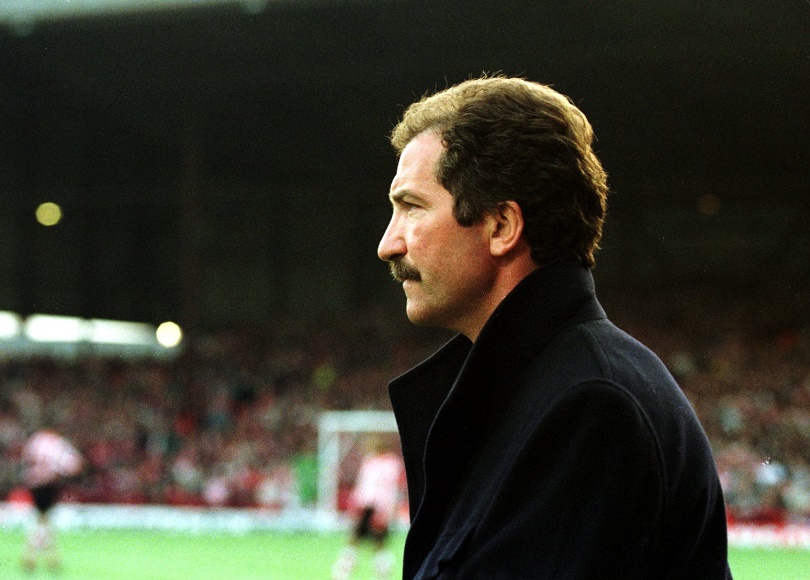
“The bottom line is that we'd watched him in training and had made up our minds that he wasn’t good enough. But then in training we had a problem with Le Tiss, and at the same time three other strikers went down injured,” said Souness.
He was like a headless chicken, but the funny thing was he was running everywhere the ball wasn’t – I think he was trying to avoid it
“Terry Cooper suggested that maybe we should register him for just one game and if he has to go on, he has to go on. And lo and behold, someone was injured within 20 minutes of the kick-off so we had to throw him on. It was quite remarkable as he went for about half an hour without touching the ball. I’d never seen that before.”
Le Tissier had never witnessed anything like it either, in 16 years as a Southampton player. “He was like a headless chicken, but the funny thing was he was running everywhere the ball wasn’t – I think he was trying to avoid it,” he says. “I suppose he thought that if he didn’t touch the ball no one would ever get to see just how bad he was.”
On Tuesday December 3, 1996, the Echo reported that Dia had been released by the club “following his dismal showing against Leeds”.
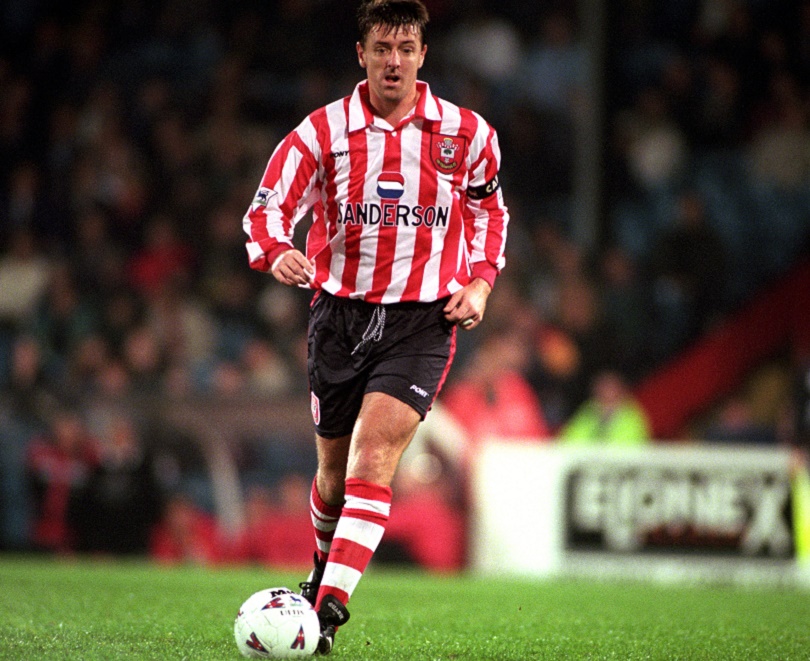
South coast to north-east
The Ali Dia story doesn't end there, though – far from it. Eleven days after leaving the south coast – with an unpaid hotel bill that the club had to stump up for, according to Le Tiss – he reappeared in the north-east.
Again, no one at Gateshead, Spennymoor Town and Blyth Spartans – where he played a handful of games – had the first idea of where Dia is now. The series of further calls did, however, unearth some valuable insights into a player who must surely rank as the most unlikely folk hero in English football history.
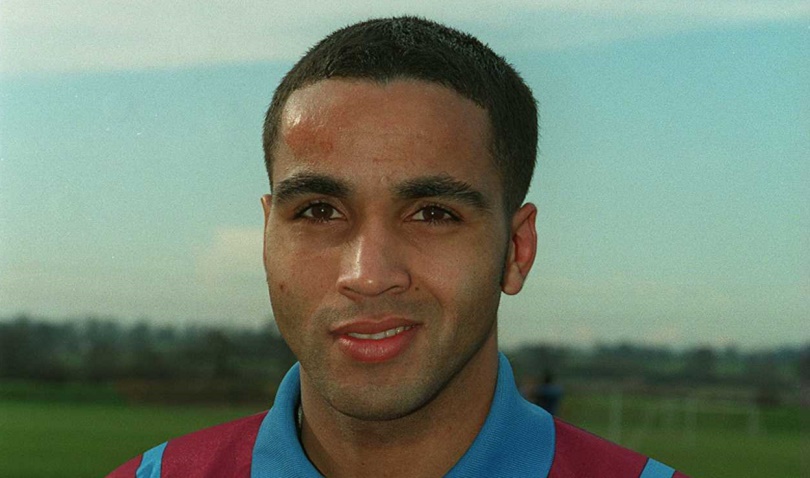
“He got a £1,500 signing-on fee – I know that because the supporters' club paid it,” says Mickey Barrass of Gateshead’s Heed Army website. After trousering that, he even scored on his debut in a 5-0 win in front of 423 fans at the Gateshead International Stadium. Bursts of blistering pace apart, Dia’s performances, after his initial success, went downhill. Fast.
“He was a one-off, that’s for sure: he invited us to come over and watch him play in the Africa Cup of Nations,” chuckles Paul Thompson, who played up front with Dia during his eight-match spell at Gateshead.
“He was a poor man’s Tino Asprilla. In one game I went round the keeper and shot towards goal. Ali was celebrating the ball going in and was looking up to the sky. The ball ended up hitting him and going wide.
“When he first came, he used to go on about his Mercedes too – he didn’t tell us it was 15 years old! When he drove this banger into the car park we all fell about laughing.”
Ginola's pal
When new manager Jim Platt inherited Dia he was similarly unimpressed, sending him on as a substitute against Slough Town with 10 minutes to go, before hauling him off again with four minutes remaining. Eventually Dia was released by the Conference side, but in typical style, that didn’t signal the end for the ever-persistent striker.
Dia claimed he'd played with David Ginola in Paris, producing a picture of him and the French international to back up his story
“One night after training, our reserve team manager at the time (former Newcastle striker Alan Shoulder) pulled a piece of paper out of his pocket,” says Gateshead’s then owner, John Gibson. “He said that some guy had turned up unannounced at training and joined in with the boys. The player then told Shoulder that he thought he could do a job for the club and wanted to sign for them. It was Ali Dia. You couldn’t make it up.”
FFT contacted some of Dia’s ‘former clubs’ to verify his involvement with the likes of Bologna and PSG; neither had any record of him having played for them, despite Dia claiming he'd played with David Ginola in Paris, producing a picture of him and the French international to back up his story.

“I obviously knew David through my work with Newcastle and he didn’t know who the hell Dia was – when he saw the picture he said it was the kind of snap that people took with him whenever he set foot inside a Newcastle nightclub,” says Gibson. “Dia was a bit of a Walter Mitty – I think he got into the situation of believing all of his own bullshit. The funniest thing is that his original story never made sense either: he was supposed to be a cousin or friend of George Weah, but Weah was from Liberia, not Senegal!”
Gibson admits that Dia was a highly likeable character, and despite the fans watching their £1,500 investment going down the pan, he was also a crowd favourite.
“He just loved the fans singing his name,” says Barrass. “Even when we were singing ‘Ali Dia, is a liar, is a liar’, he would have a huge grin on his face.”
Last of his kind?
Souness told me that George [Weah] ring him and say I am a good player… I am a good player, I can prove I am a good player
It’s unlikely that Souness was smiling when he found out he'd been duped, but the identity of the man who made the original call to the Scot has never been confirmed. It’s safe to assume that Weah – who vehemently denied any involvement – had better things to do with his time. When asked for his explanation two months after the Premier League’s most famous solo appearance, Dia was predictably enigmatic.
“He [Souness] told me that George ring him and say I am a good player… I am a good player, I can prove I am a good player,” he said. So who was it on the other end of the receiver to Souness? “Personally, like I told you, I don’t really know.” So that’s that cleared up, then.
In the modern era, with internet records of every player available at the click of a mouse, it’s unlikely that Dia’s wool-pulling feats will ever be repeated. In the 1990s, though, he wasn’t alone in peddling scarcely believable wares.
“It happened all the time back then,” says Strachan. “I had someone pestering me for a long time telling me that he was a top player in the amateur league in London. Then I went to Southampton and signed a guy called [Agustin] Delgado and his translator came with him.
“I recognised the translator’s name and asked him if he was the same guy who kept calling me at Coventry. He stumbled for a bit and then admitted it. So this top player had all of sudden become a translator – and he wasn’t much good at that either.”
Dia had no need for a translator; his English was passable. The same could not be said for his football – so bad it’s understandable why he’s disappeared without a trace.
This feature first appeared in the April 2012 issue of FourFourTwo magazine. Subscribe!
